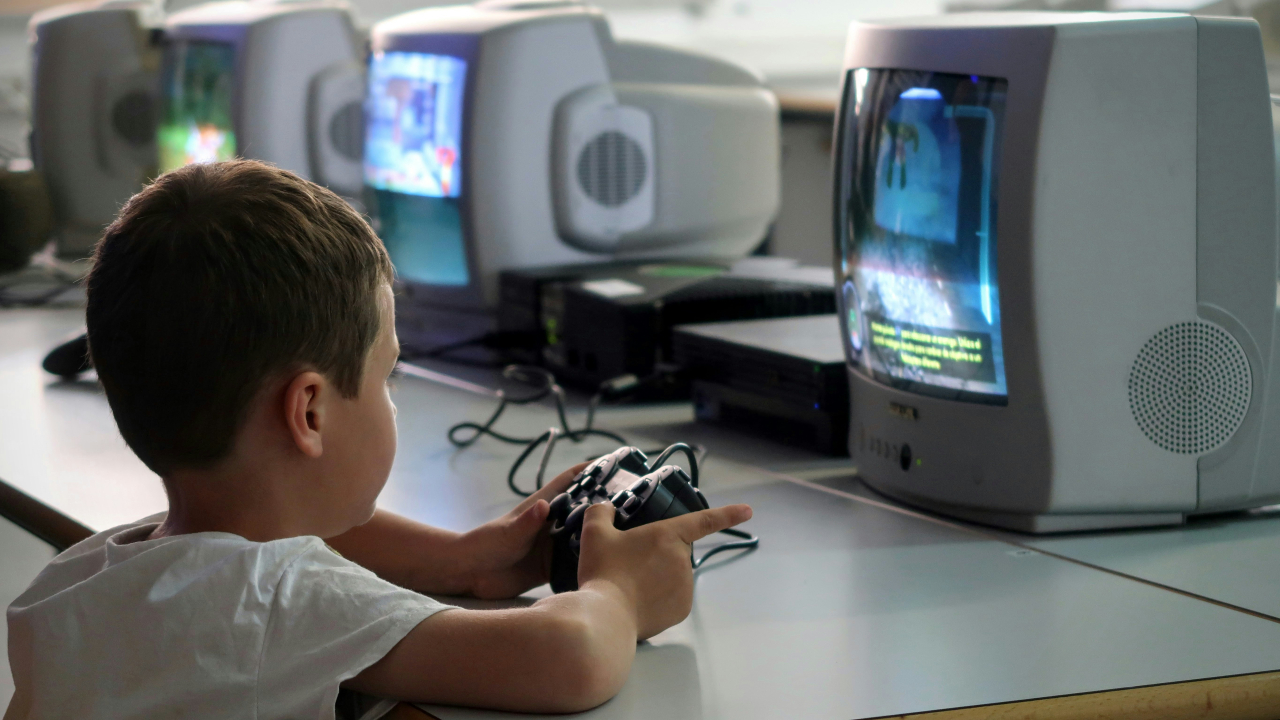Gaming in Education: A Revolution in the Classroom
When we think of gaming, many of us imagine teenagers immersed in fast-paced action or fantastical worlds, controllers in hand. But what if I told you that the same captivating elements of gaming are now transforming the very fabric of our classrooms? Across the globe, forward-thinking schools are harnessing the power of gaming not as a distraction from learning, but as a dynamic tool to drive engagement, collaboration, and deep understanding. As Vice Principal at a leading international school in Riyadh, I have witnessed firsthand how gaming has revolutionised the way we teach—and the way our

Beyond Play: The Power of Purposeful Gaming
Gaming in education is not about swapping textbooks for PlayStations. It is about leveraging the mechanics of game design—reward systems, challenges, storytelling, and interactivity—to create immersive learning experiences. When done right, educational gaming fosters critical thinking, perseverance, creativity, and teamwork. Students are no longer passive consumers of content; they are active problem-solvers and explorers.
In my school, we’ve embedded educational gaming into multiple subjects. In maths, students sharpen arithmetic skills through adventure-based apps that reward correct answers with progress through a storyline. In science, simulations allow learners to experiment with virtual ecosystems or manipulate variables in physics-based challenges. Even in language classes, platforms like "Classcraft" turn vocabulary building and grammar lessons into quests and missions.
Game-Based Learning vs. Gamification
It’s important to distinguish between two key approaches: game-based learning and gamification. Game-based learning involves using actual games as the core instructional tool—for example, using "Minecraft: Education Edition" to teach geometry or urban planning. Gamification, on the other hand, applies game elements like points, badges, and leaderboards to non-game tasks, such as reading challenges or collaborative projects.
Both strategies have their merits, and when blended thoughtfully, they can transform traditional lessons into something extraordinary.
Why It Works: The Neuroscience of Gaming and Learning
Educational games tap into what neuroscientists call the “dopamine loop.” Each time a student achieves a milestone or solves a problem, their brain receives a dopamine hit—a chemical reward that encourages them to keep going. Unlike the passive memorisation of facts, gaming stimulates emotional investment and cognitive effort.
Games also promote flow—that state of deep focus where learning feels effortless. When students are in flow, they’re more likely to persevere through challenges, take risks, and retain knowledge. Isn’t that the kind of learner we want in every classroom?
Developing Future-Ready Skills
The global workforce is evolving. Today’s students need more than content knowledge—they need to be critical thinkers, collaborators, communicators, and creators. Games are inherently aligned with these competencies.
Take the example of strategy games. These require learners to plan, adapt, and solve problems in real-time. Multiplayer games develop teamwork and communication. Even seemingly simple games cultivate digital literacy, logical reasoning, and decision-making under pressure.
Moreover, gaming promotes agency. Students can make choices, experience consequences, and reflect—all essential aspects of metacognition and self-regulated learning.
Equity and Inclusion Through Gaming
Gaming also levels the playing field. In a traditional classroom, the loudest or fastest students often dominate. In a game-based environment, every student has a role. Shy learners can shine as digital leaders; students with learning differences can demonstrate mastery in ways that aren’t limited by pen-and-paper assessments.
At our school, we’ve seen reluctant writers become enthusiastic storytellers through narrative game-building platforms. Struggling readers engage with texts through role-play and interactive fiction. Educational gaming, when accessible and inclusive, offers multiple entry points for diverse learners.
Challenges and Cautions
Of course, integrating gaming into education isn’t without its challenges. Screen time management, digital wellbeing, and curriculum alignment must be carefully considered. Teachers need proper training to select high-quality games and implement them purposefully. Not every game fits every objective.
Moreover, we must avoid the temptation to over-gamify. The goal isn’t to entertain but to educate. If points and rewards become the sole motivators, we risk undermining intrinsic learning. Balance is key.
The Role of the Teacher: From Instructor to Game Master
Perhaps one of the most exciting shifts gaming brings is the reimagining of the teacher’s role. No longer the sole source of knowledge, the teacher becomes a facilitator, mentor, and designer of learning experiences.
In a gamified classroom, the teacher sets the narrative, curates the challenges, and provides feedback in real-time. This shift fosters a more relational, interactive, and responsive style of teaching. It also builds a sense of community, as students and teachers embark on shared learning journeys.
Looking Ahead: The Future of Gaming in Schools
The momentum behind educational gaming is growing. From AI-powered adaptive games to virtual reality environments, the possibilities are endless. EdTech companies are investing in more sophisticated platforms tailored to curriculum standards, and schools are recognising the value of student-centred, experiential learning.
At GESS and similar educational forums, we must continue to champion innovation, share best practices, and advocate for professional development that empowers teachers to use these tools effectively.
Final Thoughts: Play With Purpose
Gaming isn’t a passing trend—it’s a pedagogical revolution. When woven into the curriculum with intention and creativity, it can transform classrooms into places of curiosity, challenge, and joy.
As education leaders, we owe it to our learners to meet them where they are—and right now, they’re playing, building, and dreaming in digital worlds. Let’s bring those worlds into our schools and reimagine what learning can be.
Because when students play with purpose, they learn with passion.
By Sharlina Islam- Vice Principal- Riyadh Schools Hittin
Stay up to date
Subscribe to the free GESS Education newsletter and stay updated with the latest insights, trends, and event news every week. Your email address will remain confidential

